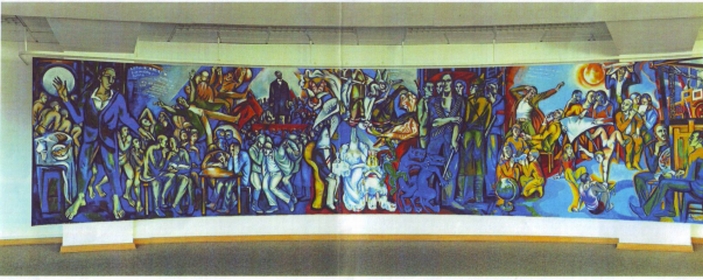Copenhagen’s Boutique Doc Fest
Nov 14, 2013
B.East Magazine had the unique opportunity to check out Copenhagen’s buzzing CPH:DOX documentary film festival this week. It’s a more intimate version of larger documentary film festivals like Amsterdam’s IDFA, with a laid-back atmosphere that extends into the nightly concept parties at various theater venues across Denmark’s lovely capital.
We danced the first night away to hip-hop beats at a Vice Magazine party to celebrate Snooplion, the documentary on Snoop Dogg’s reincarnation as a reggae messiah. The beats were wicked, and so was the crowd, more open and less pretentious than hipsters at Vice gatherings elsewhere in Europe.
On a more serious note, the festival scored quite a coup by having Chinese artist Ai WeiWei curate a film programme under this year’s theme ‘Everything is under control’. To WeiWei’s credit, he spurns our current obsession with the newnew, to focus on classic docs like Leni Reifenstahl’s Olympia, and Italian auteur Michelangelo Antinioni’s hippie-era documentary on China, ‘Chung Kuo, Cina’.
Corporate provocateurs, the Yes Men, also curate a hard-hitting set of films, including the weird Interkosmos, a musical documentary on the East German space programme. Go figure!
Among the films we watched, the one that stood out the most was Somm, a fast-paced documentary about would-be sommeliers in the US, that portrays wine-tasting as a highly-competitive Olympic sport of sorts.
Cosy Copenhagen in the fog of November is an ideal setting for this offbeat documentary film festival. We’ll definitely be coming back next year for some wicked films and Danish rhubarb.



